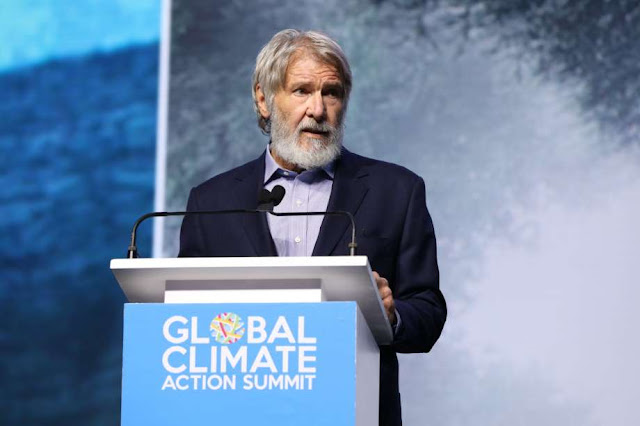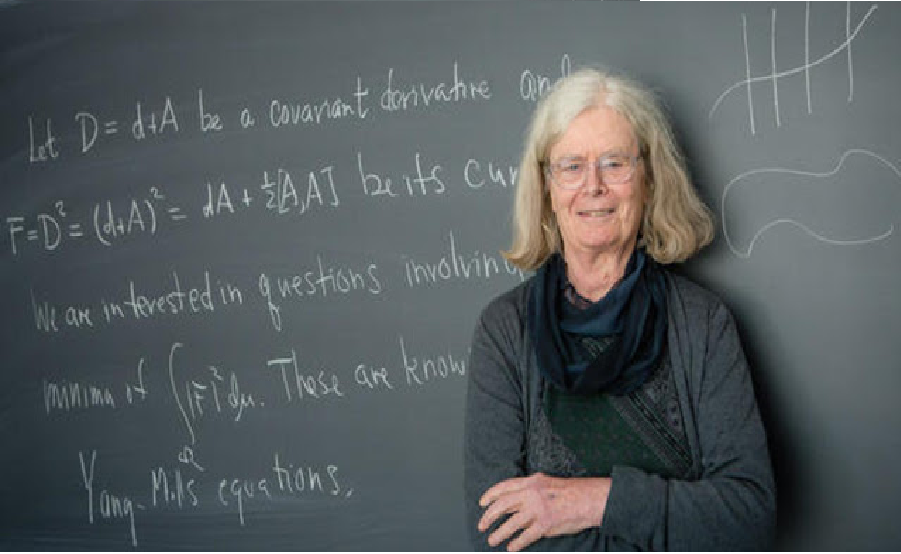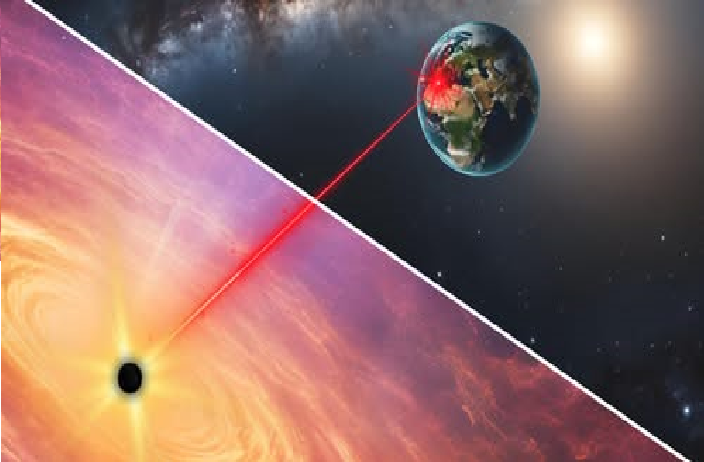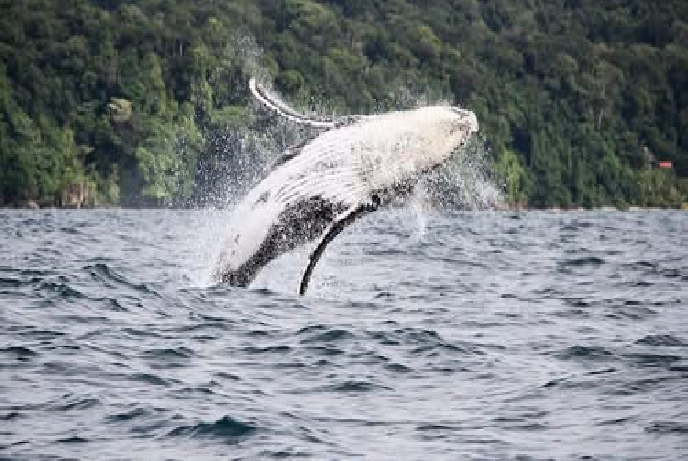The Curious Origins of Naming Hurricanes and Cyclones: A Tale of Meteorologist Clement Wragge
When we hear names like Hurricane Katrina, Cyclone Nargis, or Typhoon Haiyan, we often wonder why these devastating natural phenomena are given human names. The practice of naming hurricanes and cyclones has a fascinating history, and it all traces back to an eccentric Australian meteorologist named Clement Wragge. His unique approach to naming storms not only revolutionized meteorology but also added a touch of humor and personal vendetta to the science of weather forecasting.
The Man Behind the Names: Clement Wragge
Clement Lindley Wragge, born in 1852, was a pioneering meteorologist known for his flamboyant personality and innovative methods. In the late 19th century, Wragge began naming tropical storms and cyclones, a practice that was unheard of at the time. While his primary goal was to simplify communication about these weather systems, he also used the opportunity to express his opinions—particularly about politicians he disliked.
Wragge started naming storms after mythological figures and places, but he soon took a more personal approach. He began assigning the names of politicians he found disagreeable to storms that were particularly destructive or unpredictable. This allowed him to make pointed comments in his weather reports, such as saying a storm was “causing great distress” or “wandering aimlessly.” His witty and often sarcastic naming convention quickly gained attention, blending science with satire.
The Evolution of Storm Naming
While Wragge’s method of naming storms after politicians was short-lived, his idea of using human names for weather systems left a lasting impact. In the early 20th century, meteorologists began to see the practicality of naming storms to avoid confusion, especially when multiple storms occurred simultaneously. By the 1950s, the practice became standardized, with the World Meteorological Organization (WMO) creating a rotating list of names for hurricanes, cyclones, and typhoons.
Today, storm names are chosen from predetermined lists that alternate between male and female names. These lists are reused every few years, but the names of particularly devastating storms are retired out of respect for the affected communities. This modern system ensures clarity and efficiency in communication, helping people prepare for and respond to severe weather events.
The Legacy of Clement Wragge
Clement Wragge’s quirky approach to naming storms may have been born out of personal amusement, but it laid the groundwork for a system that has saved countless lives. By giving storms human names, Wragge made them easier to track, discuss, and remember. His legacy lives on every time a new hurricane or cyclone is named, reminding us of the intersection between science and creativity.
While we no longer name storms after disliked politicians, Wragge’s story serves as a reminder of the power of innovation and the importance of clear communication in science. The next time you hear about a hurricane or cyclone with a human name, take a moment to appreciate the eccentric meteorologist who started it all.






